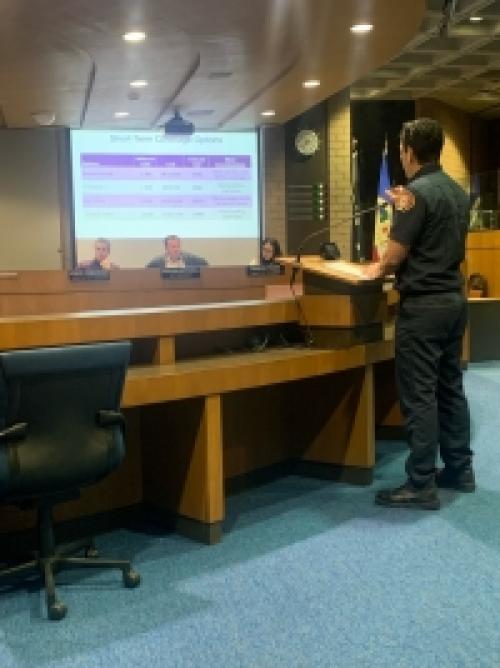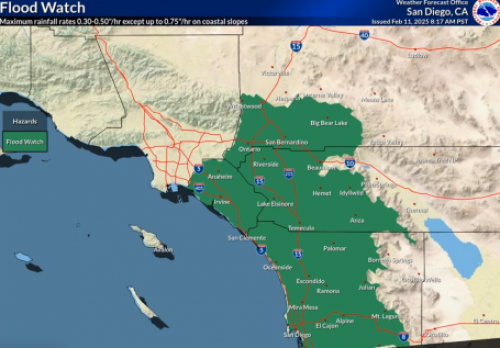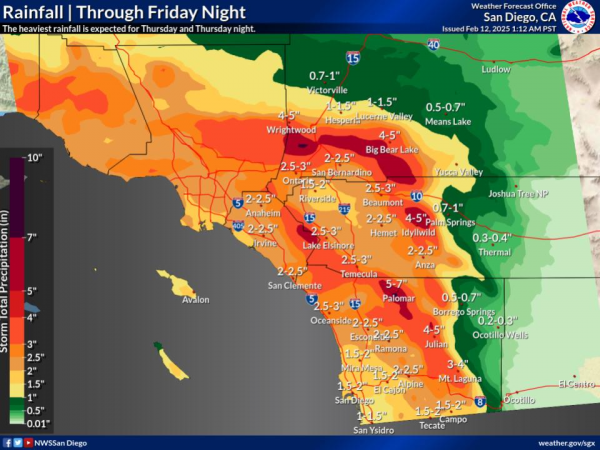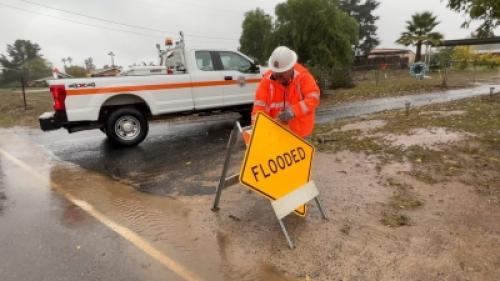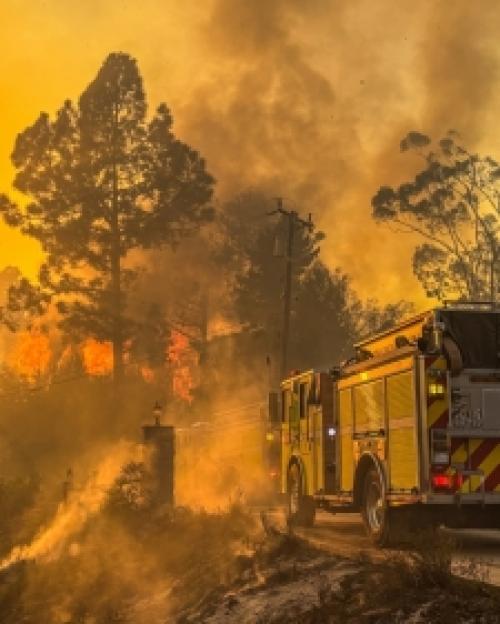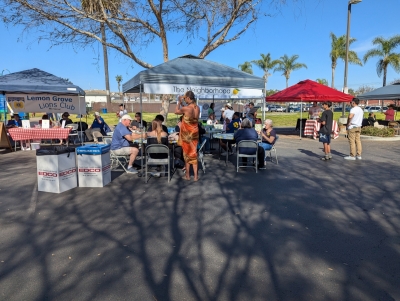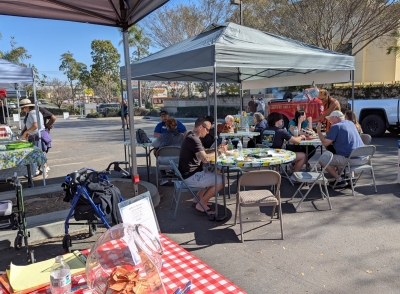SENATOR PADILLA, COLLEAGUES PUSH TRUMP ADMINISTRATION TO EXEMPT SEASONAL FIREFIGHTERS FROM FEDERAL HIRING FREEZE

East County News Service
February 27, 2025 (Washington D.C.) -- U.S. Senator Alex Padilla (D-Calif.) joined 14 other Democratic Senators in urging senior Trump Administration officials to reverse the hiring and onboarding freeze of federal seasonal firefighters that they say threatens the safety of communities in California and across the nation. The Trump Administration’s January 20 hiring freeze of federal civilian employees inexplicably did not exempt federal seasonal firefighters, despite exempting other critical public safety personnel.
Federal seasonal firefighters risk their lives to protect communities and save lives. According to a press release issued by Padilla, "This hiring freeze is particularly dangerous as we ramp up staffing and training ahead of peak wildfire season.”
While Padilla secured a temporary pay raise for wildland firefighters in the Bipartisan Infrastructure Law, recruitment and retention remain significant challenges as firefighters work long hours with insufficient pay. The attrition rate of firefighters at the U.S. Forest Service (USFS) has been 45 percent over the past four years — making the hiring freeze at USFS, the Bureau of Land Management, and the National Park Service all the more dangerous.
“The Administration must not sacrifice the safety of the American people for the benefit of implementing a political agenda,” wrote the Senators. “We urge you to immediately reverse course, begin hiring and onboarding seasonal firefighters again, and continue supporting and growing the federal firefighting workforce. The bottom line is this: pausing the hiring and onboarding of federal seasonal firefighters — while historic wildfires destroy communities and upend livelihoods across the West — is simply irresponsible and dangerous. We will be woefully unprepared to fight the fires to come and instead will continue to see record levels of damage, ultimately costing communities and taxpayers even more at a time when the cost of living is already too high.”
Wildfires are increasing in frequency and destructiveness in California and across the nation. Last month, the devastating Southern California fires, including the Palisades and Eaton Fires, burned over 57,000 acres and destroyed over 16,200 structures, claiming the lives of at least 29 victims. Nationally, over 64,800 fires burned 9 million acres in 2024, up from approximately 56,500 wildfires and 3 million acres in 2023. The rise in catastrophic wildfires demands even more seasonal firefighter hiring — not a freeze.
In addition to Senators Padilla and Rosen, the letter was also signed by Senators Michael Bennet (D-Colo.), Catherine Cortez Masto (D-Nev.), Martin Heinrich (D-N.M.), John Hickenlooper (D-Colo.), Mark Kelly (D-Ariz.), Angus King (I-Maine), Ben Ray Luján (D-N.M.), Jeff Merkley (D-Ore.), Bernie Sanders (I-Vt.), Jeanne Shaheen (D-N.H.), Tina Smith (D-Minn.), Chris Van Hollen (D-Md.), and Ron Wyden (D-Ore.).
Senator Padilla has consistently pushed to protect our wildland firefighting force. Last month, Padilla reintroduced the bipartisan Wildland Firefighter Paycheck Protection Act to protect the pay raise he secured for wildland firefighters in the Bipartisan Infrastructure Law. In 2023, Padilla and a bipartisan group of Senators urged Senate leadership to avoid mass resignations within the wildland firefighter ranks by ensuring the prompt passage of their bipartisan legislation. Padilla and a bipartisan group of Senators also urged the Biden Administration to establish a special pay rate for federal wildland firefighters to prevent staffing shortages and strengthen wildfire response efforts in 2022. Following that request, the Biden Administration announced a temporary pay raise. Additionally, Padilla’s Wildfire Emergency Act, announced last week, would establish a prescribed fire-training center in the West and authorize grants to support training the next generation of foresters and firefighters, among other important fire mitigation efforts.
Full text of the letter is available here.
